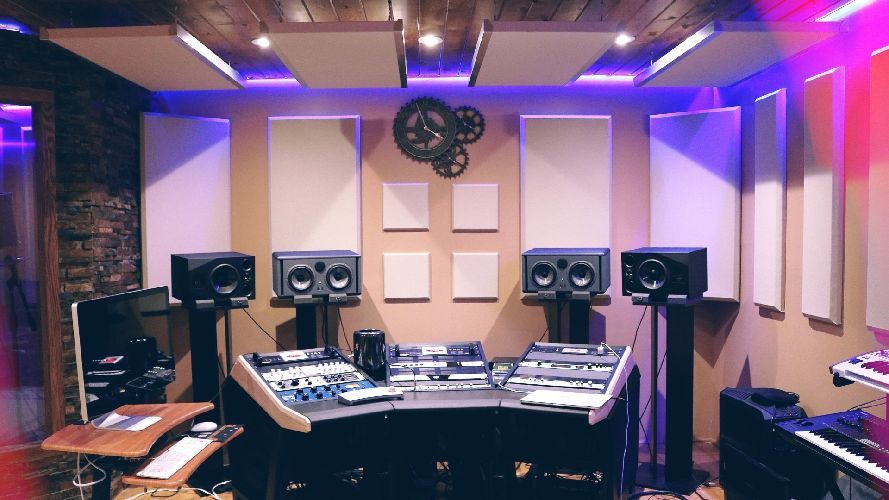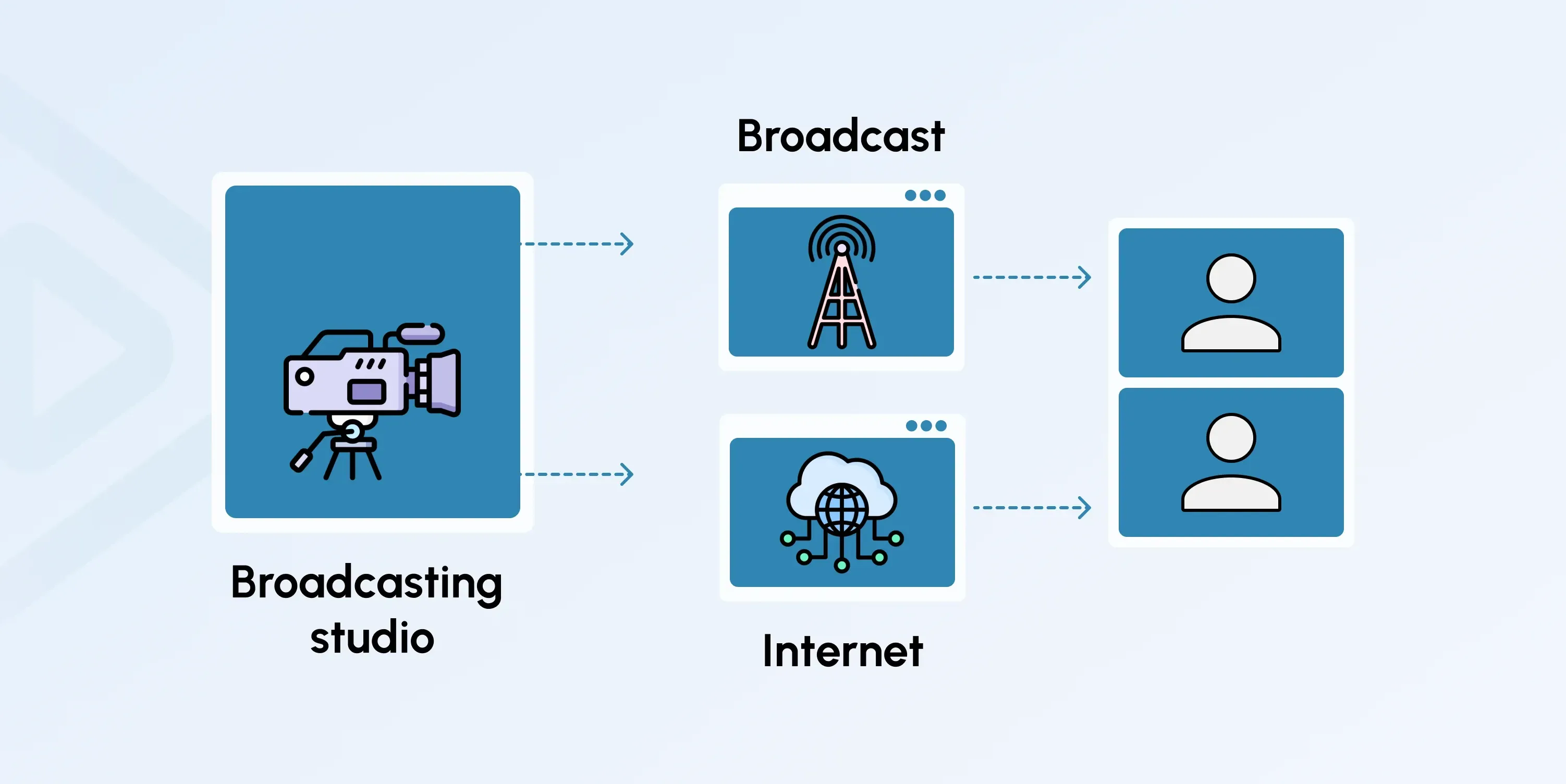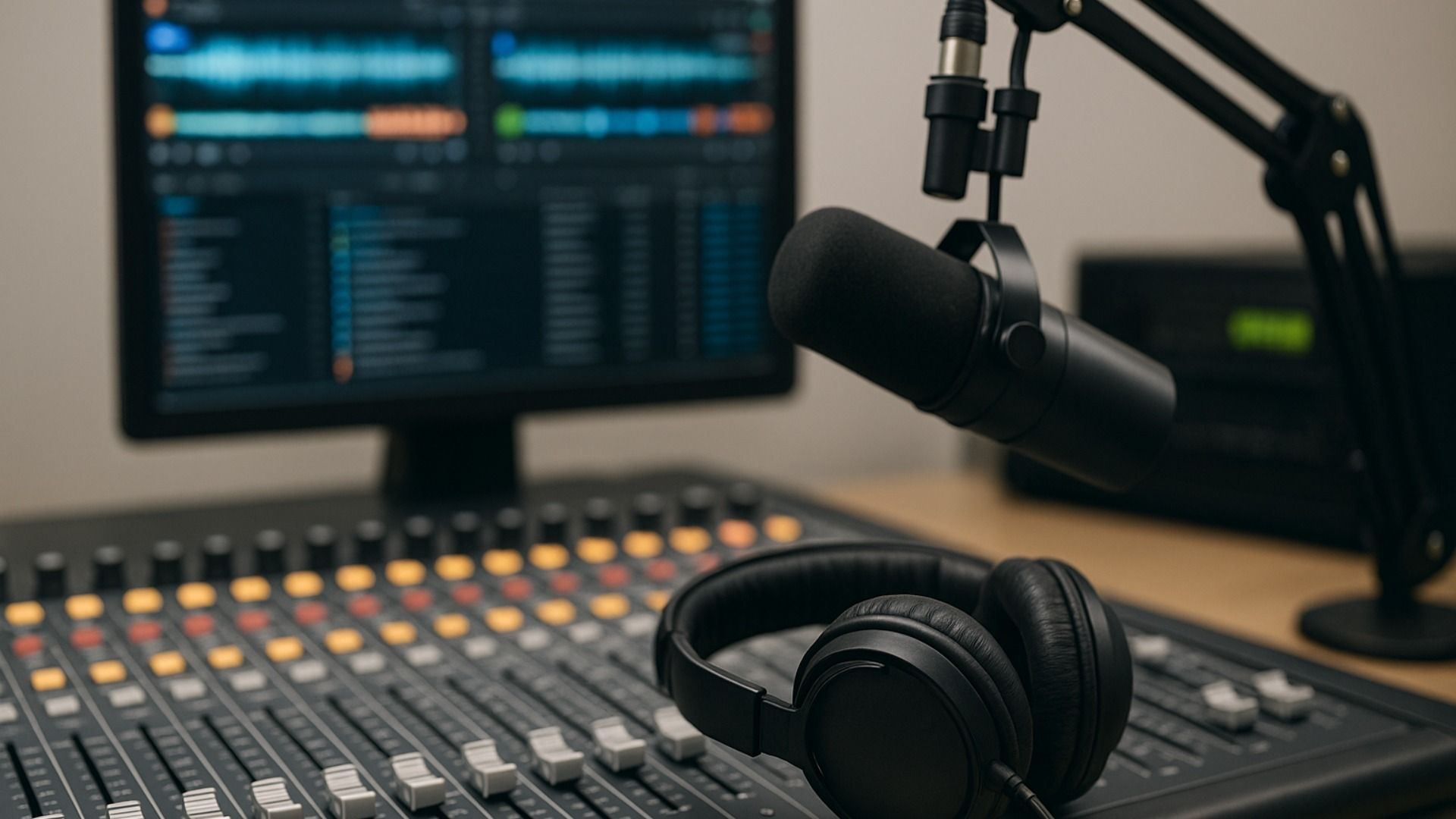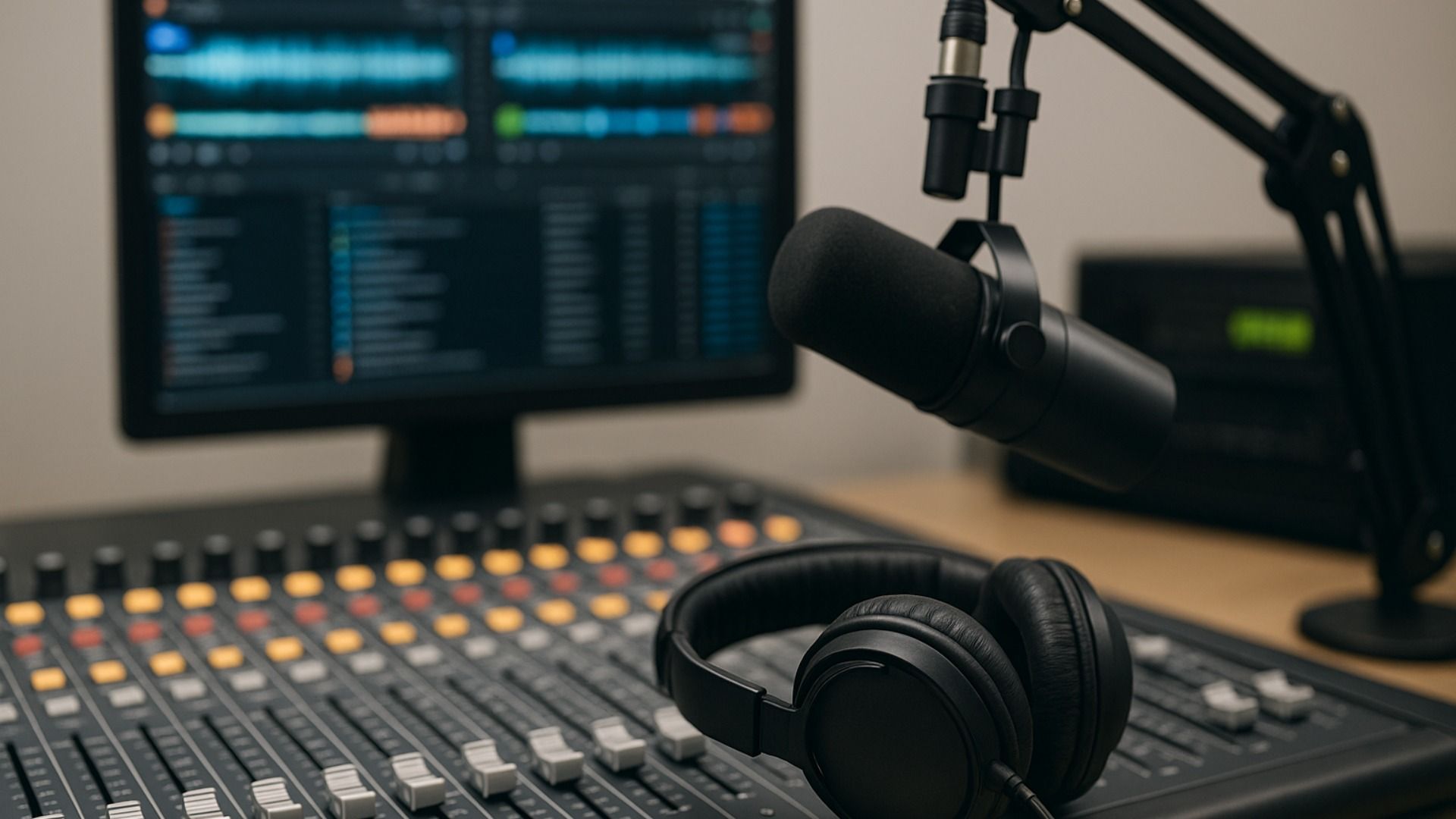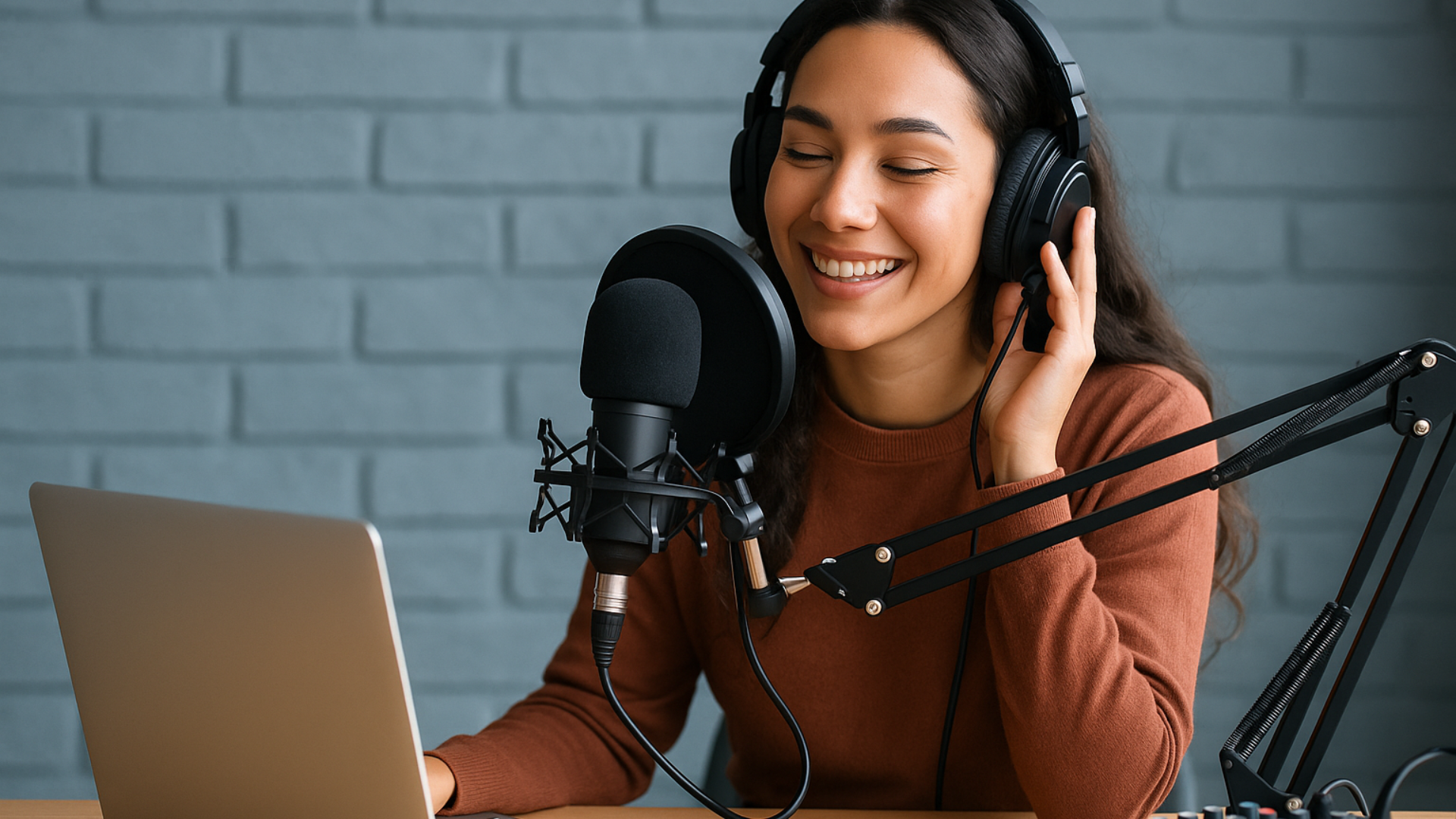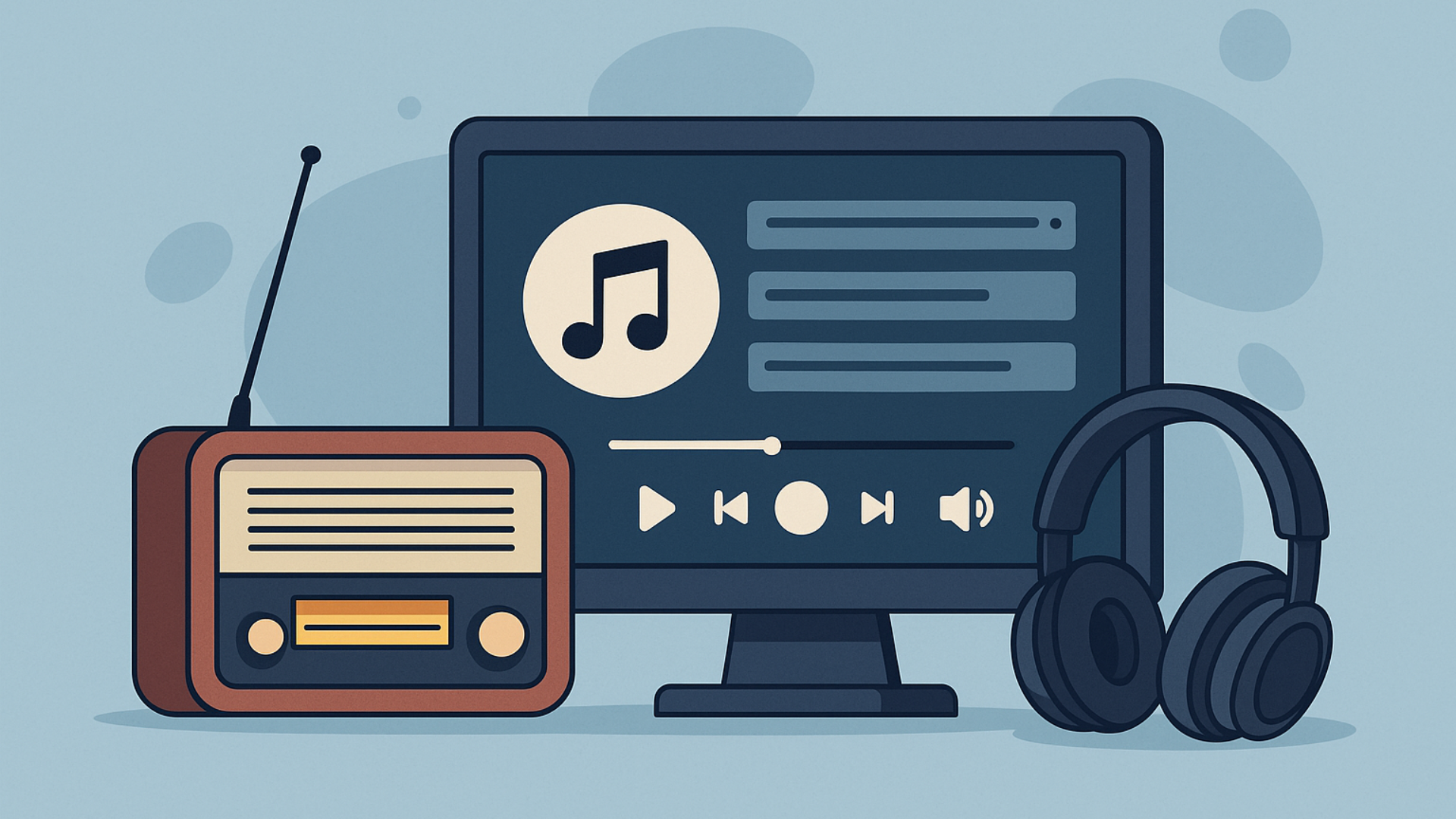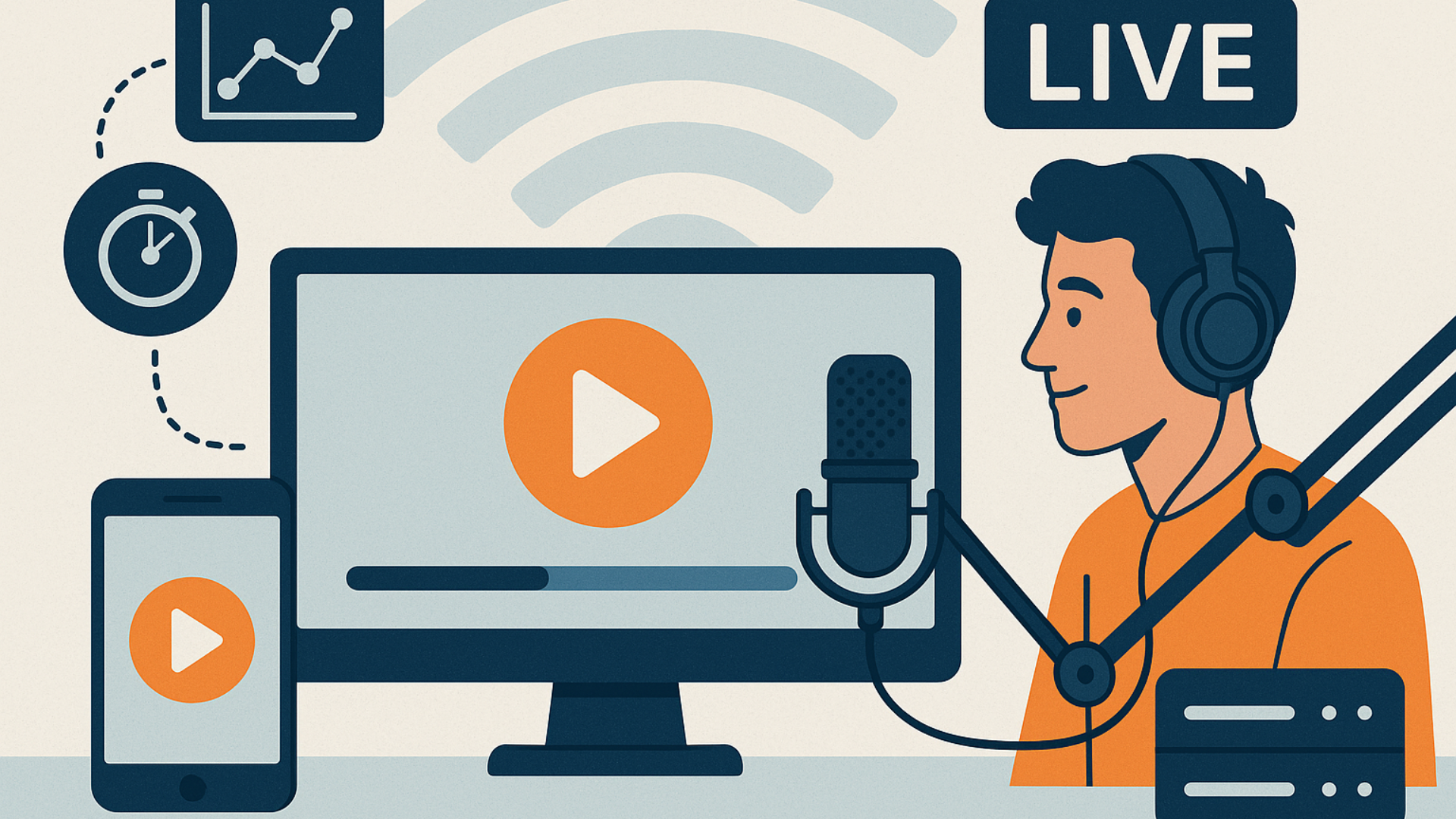Handling Audio Levels and Gain Staging for Balanced Recordings
Handling Audio Levels and Gain Staging for Balanced Recordings
Hello, audio aficionados of
RadioBASH.com!
Hey Face-it... in audio recording, there's a balance to be struck (hehe see what i did there?) Anyway, too soft, and you're struggling to hear the details. Too loud, and you're distorting your sound. Today, we're diving deep into the art and science of audio levels and gain staging to ensure your recordings are crisp, clear, and balanced.
Understanding Audio Levels
Audio levels refer to the loudness or amplitude of a sound signal. It's essential to maintain optimal audio levels to preserve the integrity and clarity of your recordings.
- Clipping: When audio levels are too high, you'll experience clipping — that's when the signal surpasses the maximum level and leads to distortion.
- Noise Floor: On the opposite spectrum, if the levels are too low, you'll hover around the noise floor, which can introduce unwanted noise into your recordings.
The Magic of Gain Staging
Gain staging is the process of managing the levels of your audio signal at every stage of your signal path — from the source (like a microphone or instrument) to the final mix.
Here's a simple guide:
- Source Level: Start at the source. If using a microphone, ensure you're speaking or singing at a consistent volume. Instruments should also be tuned and played at their intended volumes.
- Preamp Level: The preamp boosts the level from your source. Adjust this so the signal is strong but not clipping. Many preamps have a "sweet spot" where they sound the best — aim for that.
- Digital Audio Workstation (DAW) Level: When recording into a DAW, keep an eye on the input meter. Aim for peaks around -6dB to -3dB. This gives you headroom for mixing.
- Processing Level: As you add effects, EQs, and other processors, keep an eye on the output levels of each plugin. Ensure that you're not adding unwanted gain or reducing the levels too much.
- Mix Level: When mixing multiple tracks, adjust the faders so that your mix's master output hovers around -3dB to -1dB.
- Mastering Level: During mastering, you'll bring the final level up to commercial loudness standards. Use limiters and compressors to achieve this, but always ensure you're not squashing the dynamics of your mix.
Tips for Balanced Recordings
- Use Good Headphones: A pair of flat-response headphones can help you judge levels more accurately.
- Regularly A/B Compare: Regularly compare your mix with commercial tracks to ensure you're in the right ballpark for levels.
- Avoid the "Loudness Wars": Louder isn't always better. Focus on clarity, balance, and preserving dynamics.
In Conclusion
Audio levels and gain staging might seem technical, but with a little practice, they become second nature. Remember, the goal is to capture and reproduce sound as authentically as possible. Balanced recordings are pleasing to the ear and ensure that your listeners get the best audio experience.
Looking to share your perfectly balanced recordings with the world?
RadioBASH.com offers affordable streaming plans to get your sound out there. Whether you're an indie artist, a podcast host, or an audio enthusiast, we've got a plan that suits your needs. Dive into our platform today and let the world hear your masterpiece!
Happy recording and mixing!

